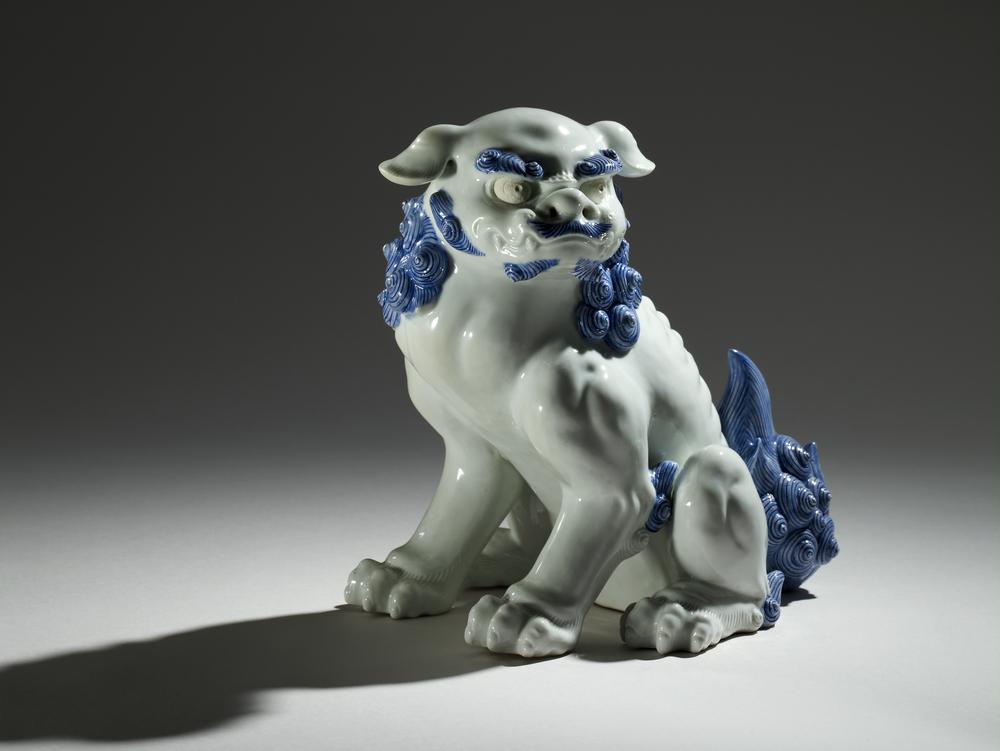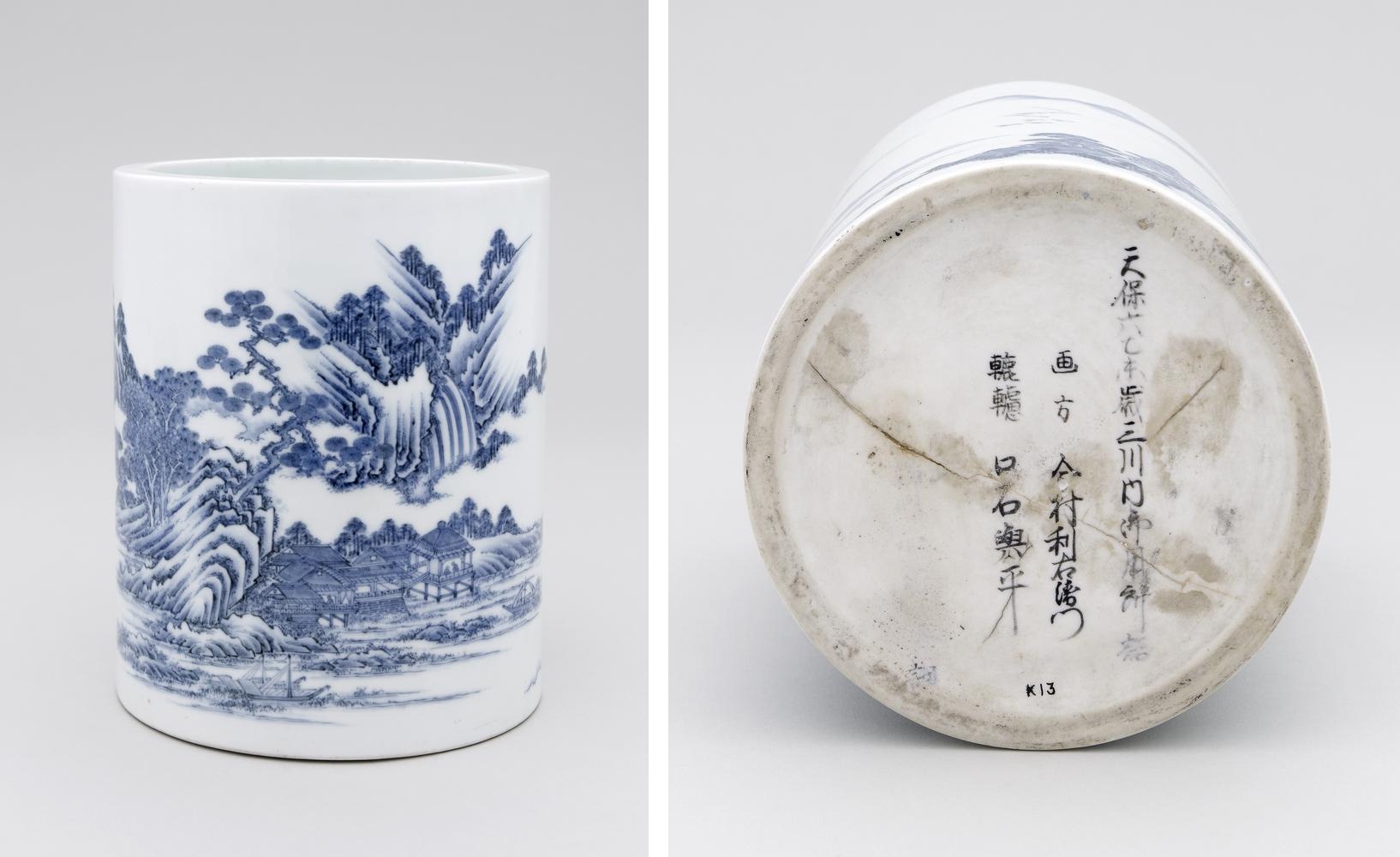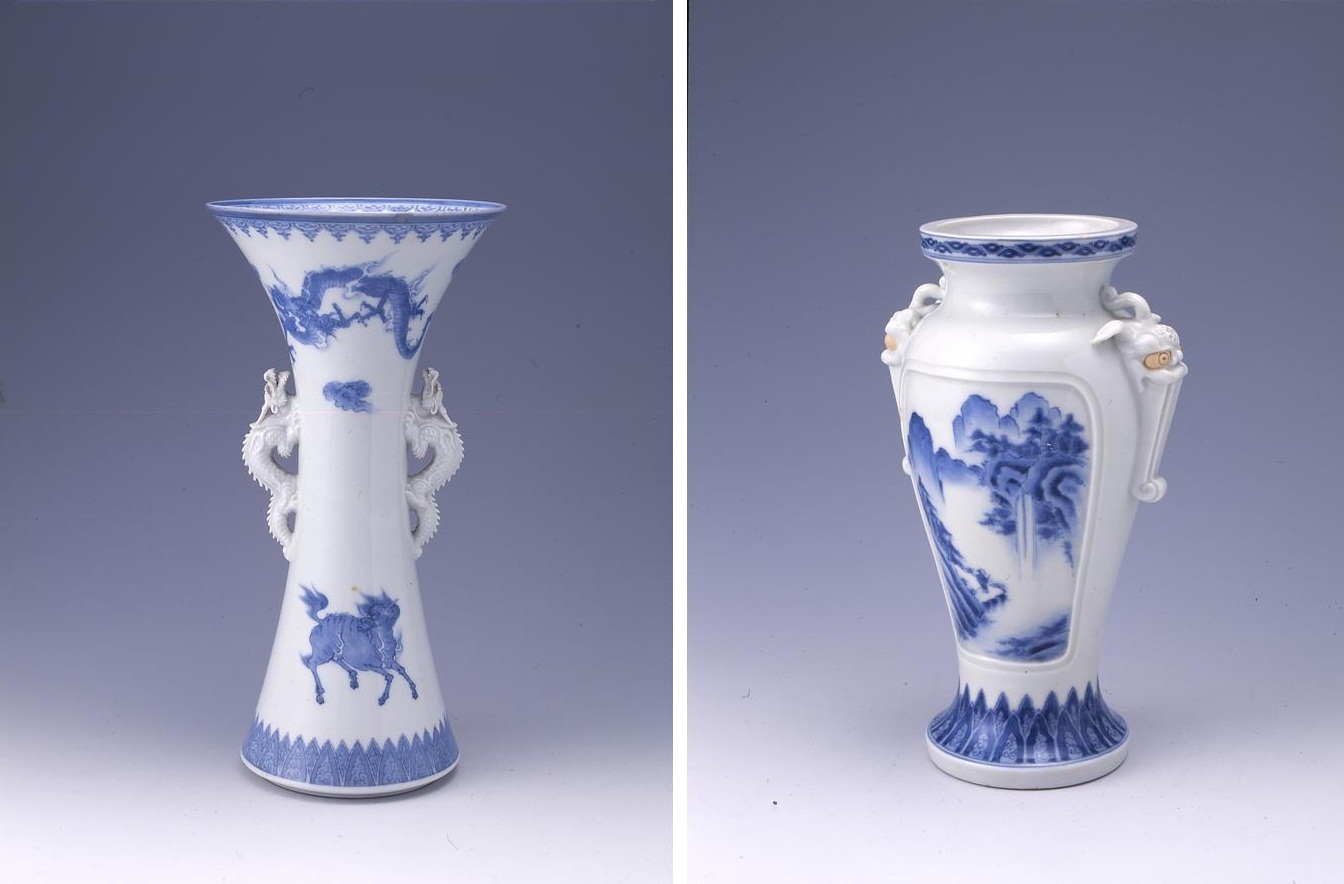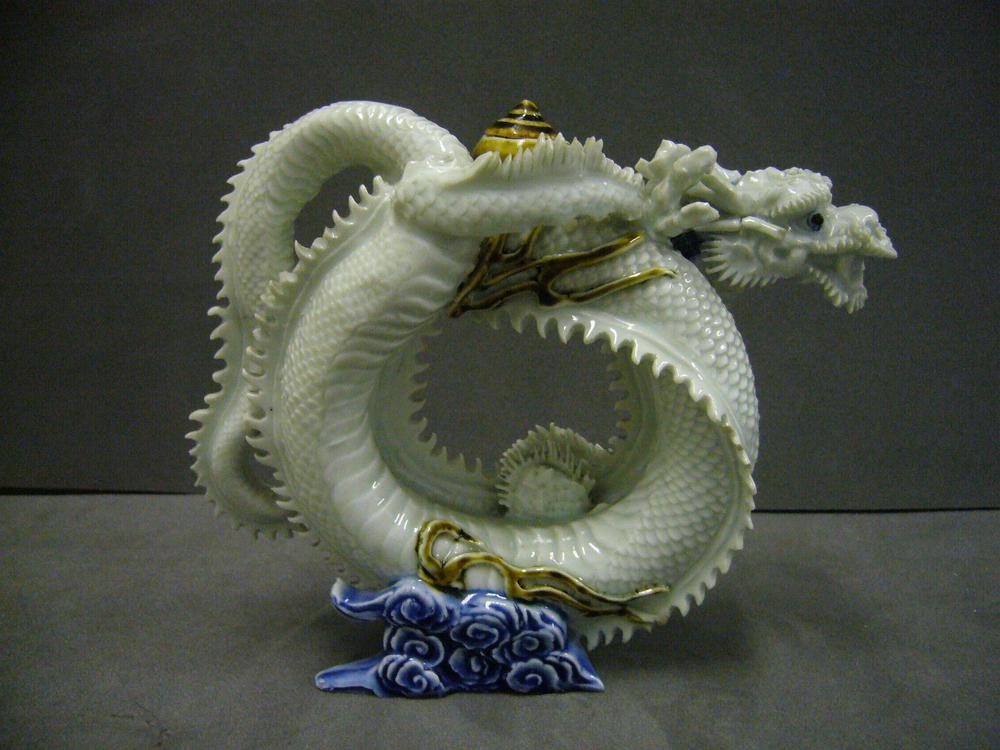
Hirado porcelain is exquisite Japanese tableware and figurines with cobalt blue detailed and intricate patterns on a crisp white surface. Porcelain got its name in honor of the daimyo Hirado - a family of military feudal lords. The first Hirado products appeared in the 17th century, after the discovery in Mikawachi of rich sources of raw materials - kaolin. And although at that time ceramics were not so elegant and had a grayish tint, even then the highest quality samples were worthy to be presented as gifts to the shoguns and the emperor.

The situation changed dramatically in 1712, when one of the potters of the village of Hirado stumbled upon another source of material. This time it was not quite ordinary kaolin: the craftsmen managed to get white hard porcelain from it, which later became the hallmark of Hirado. For the visual design, artists from other regions of Japan, from the Tosa and Kanō schools, were invited. Tosa artists were able to perfectly depict plants, representatives of the Kano school painted landscapes and animals. In addition to dishes, the assortment included a variety of figurines, containers for brushes, clothing accessories, netsuke and much more.

Chawan bowls, bowls that are used in tea ceremonies, have become very popular. During tea parties, guests carefully examine each item, passing bowls to each other. Particularly valuable specimens are given names and endowed with a certain symbolism. They are kept in special caskets, on one of the walls of the casket they write down the history of the bowl, and the casket itself is wrapped in silk.

An extensive collection of Hirado porcelain was collected by the Englishman David Hyatt King. As a young man, he became interested in art history and began by acquiring 19th-century Japanese porcelain pieces. He bought rarities of interest to him in the antique shops of Portobello Road and Bermondsey in London. In the 1970s David King's collection consisted of several hundred items. From year to year, the collector delved into the topic and one fine day became a member of the Eastern Ceramic Society. Japanese scientists came to visit a connoisseur of oriental ceramics more than once to see the unique specimens that fell into the hands of an Englishman.



